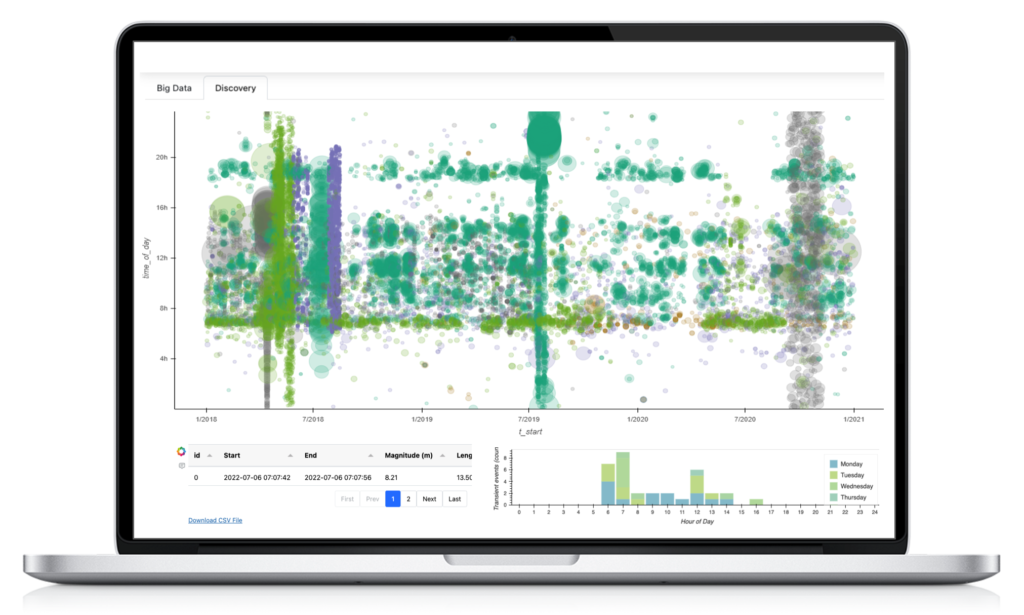Water distribution is a complex process and pressure transients – often referred to as water hammer – pose significant risks to infrastructure integrity and operational efficiency. These transient pressure surges can result in catastrophic failures, leading to costly repairs, water loss, and service disruptions.
For water utilities in Australia and New Zealand, proactive management of pressure transients is essential to ensure reliable service delivery, minimise maintenance costs, and safeguard the environment. We dig into advanced strategies for detecting and mitigating pressure transients, showcasing how innovative technologies and best practices can reduce pipeline fatigue and enhance water network resilience.
Understanding Pressure Transients
Pressure transients occur when there is a sudden change in the velocity of water within a pipeline, often caused by events such as pump start-ups or shutdowns, valve closures, or power failures. These rapid changes in flow create shockwaves that travel through the network, potentially causing pipe bursts, joint failures, and damage to other infrastructure components. In a study by the Water Services Association of Australia (WSAA), pressure transients were identified as a leading cause of pipeline failures, contributing to 40% of reported incidents. Additional studies have this number as high as 60%.
Advanced Monitoring Technologies
Early detection of pressure transients is crucial in preventing infrastructure damage. Legacy approaches in the market involve detection based on thresholds of large magnitude, focusing on slower pressure transients that result in immediate failure. However, short lived transients that may occur with a fast-closing valve for example, happen more frequently that reduce pipe strength can only be captured through high frequency pressure loggers that operate at a minimum of 100Hz. These massive volumes of data (over 4 billion records per sensor per year) are beyond the scope of manual analysis. Advanced monitoring technologies, such as high-frequency pressure loggers and industry designed algorithms, offer real-time insights into the behavior of water networks.
These devices can capture transient events as they occur, providing utilities with data to analyse and respond to potential issues before they escalate.
For example, the installation of transient pressure monitoring systems in a major Australian water utility led to the identification of frequent pressure spikes that were previously undetected. By analysing the data, the utility was able to adjust operational parameters and implement targeted mitigation measures, resulting in a 25% reduction in pipeline failures over a three-year period.

TD·Cloud Is a reliable, user-friendly software platform that uses AI to convert Big Data into transient detection.
Operational Best Practices
Beyond technology, operational best practices are fundamental to mitigating pressure transients. Utilities must adopt a holistic approach that includes careful planning and design of pump operations, valve control, and network management. For instance, gradual pump start-ups and shutdowns can minimise sudden changes in flow, reducing the likelihood of transients.
Regular maintenance of surge protection devices and routine inspections of pipelines also play a critical role in ensuring the continued effectiveness of mitigation measures. Additionally, incorporating transient analysis into the design phase of new infrastructure projects can help utilities anticipate potential issues and implement appropriate protections from the outset.
SA Water Case Study: A Holistic Approach in Action
The Challenge
- Pressure transient detection traditionally focuses on large, slow events.
- High-speed, short timescale transients go undetected, risking pipe lifespan.
- Manual analysis of extensive datasets (~4 billion records/sensor/year) is infeasible.
Collaboration and Development
- TD·Cloud and SA Water collaborated to develop a solution for detecting fast pressure transients using big data and machine learning.
- Achieved over 97.5% accuracy in detecting pressure transients from 2018 to 2022.
- Utilised a co-design process for tool development, ensuring user-centered design improvements.
Results
- Identified diverse activity levels across geographic locations.
- Noted different patterns (diurnal, seasonal) in pressure transient activity.
- Discovered both large and small repeated events that could lead to network fatigue.
- Automated detection of probable root causes (e.g. customer irrigation systems, pump operations).
Impact
- Enabled actionable insights without field investigations.
- Transition from data-rich to insight-driven operations within utilities.
- Aimed to extend pipe asset life, reduce operational and capital expenditures, and minimise service interruptions.
- Future tools will assist teams in monitoring and quantifying accumulated fatigue for improved network stability.
The full case study with SA Water can be found here TDCloud SAW Case Study
Mitigating pressure transients is not just about preventing immediate failures; it is about ensuring the long-term resilience and sustainability of water networks. For utilities in Australia and New Zealand, adopting a proactive approach that leverages advanced technologies, surge protection devices, and best operational practices can significantly reduce the risks associated with pressure transients. By doing so, utilities can protect their infrastructure, reduce maintenance costs and overall pipeline fatigue, and deliver reliable water services to their communities.
Get in touch with us today to discuss how we can help manage the impact of pressure transients on your water network.









